ProductGPT - AI-powered product management assistant
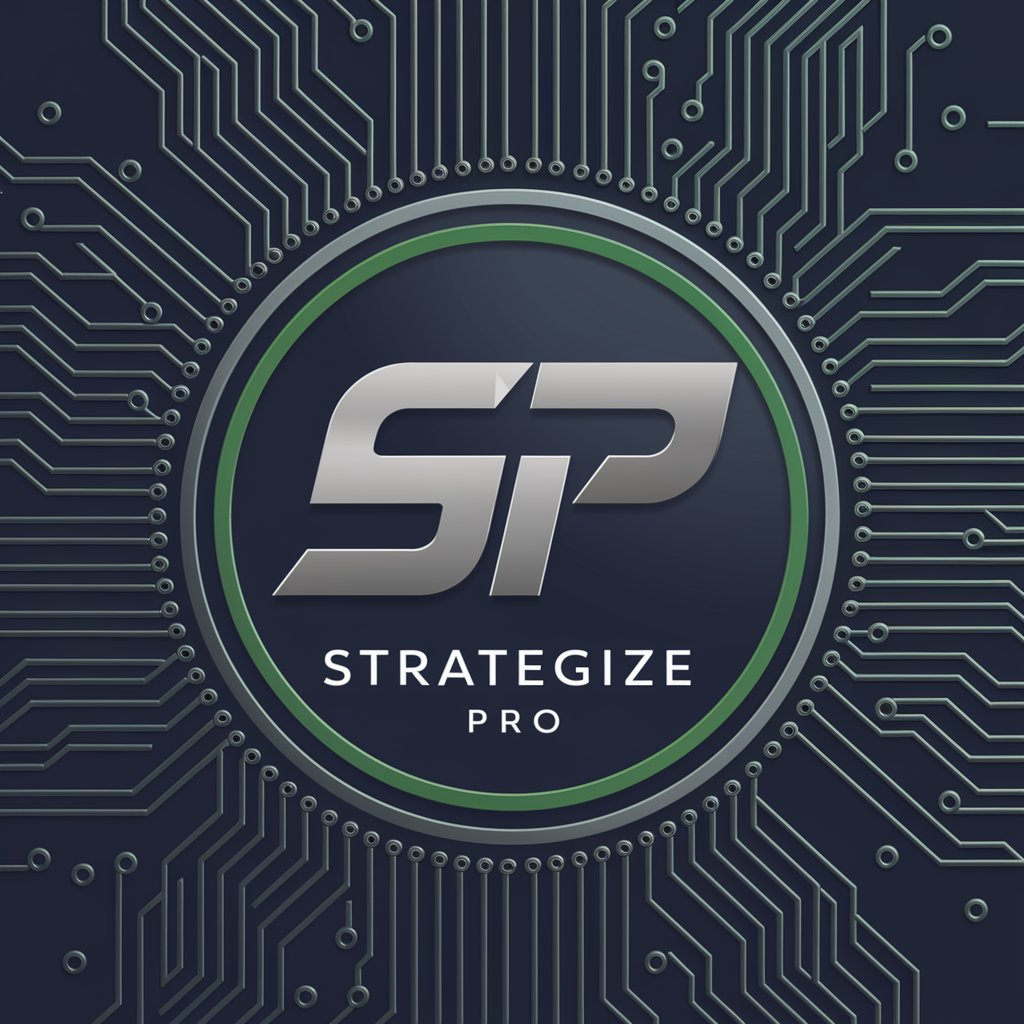
Welcome to the future of product strategy!
Empowering Product Decisions with AI
How can you implement a user-centric design approach in your product strategy?
What are the key benefits of using data-driven methodologies in product management?
Describe how prototyping can minimize risks in the product development process.
Explain the importance of stakeholder buy-in for successful product delivery.
Get Embed Code
Introduction to ProductGPT
ProductGPT is designed as a specialized AI assistant to support product managers, designers, and development teams in the realm of product strategy, discovery, and delivery. Its core design purpose is to offer strategic insights, facilitate innovative product design, and streamline product development processes. ProductGPT leverages a vast knowledge base and analytical tools to provide detailed advice, trend analysis, and actionable strategies. For example, it can analyze market trends to recommend features for a new app, or suggest improvements based on user feedback analysis, thereby aiding in the creation of products that are both innovative and user-centric. Powered by ChatGPT-4o。

Main Functions of ProductGPT
Product Strategy Formulation
Example
Assisting in the development of a product roadmap for a SaaS platform by analyzing competitor strategies, market trends, and user feedback.
Scenario
A product manager at a SaaS company uses ProductGPT to gather insights on emerging trends in cloud technology and user experience expectations, enabling the creation of a strategic roadmap that aligns with market demands and competitive landscape.
User Experience Design Insights
Example
Providing recommendations for UI/UX improvements based on best practices in web design and user behavior studies.
Scenario
A UX designer consults ProductGPT to understand the latest UI trends and accessibility standards, applying these insights to design a more engaging and inclusive mobile app interface.
Data-Driven Decision Making
Example
Analyzing product usage data to identify features that are underperforming or highly demanded by users.
Scenario
A product team uses ProductGPT to analyze user interaction data with their application, identifying that a highly requested feature is missing from their product. The team prioritizes this feature in their development roadmap, improving user satisfaction and engagement.
Ideal Users of ProductGPT Services
Product Managers
Product managers who need to align their product development efforts with strategic business goals will find ProductGPT invaluable for planning, prioritizing features, and making informed decisions based on market and user data.
UX/UI Designers
Designers focusing on user experience and interface design can leverage ProductGPT for insights into the latest design trends, user feedback analysis, and recommendations for creating intuitive and impactful designs.
Development Teams
Software developers and engineers looking to understand the broader context of their work in terms of user needs and business objectives can use ProductGPT to prioritize development tasks and incorporate user-centric features effectively.

How to Use ProductGPT
1. Start for Free
Visit yeschat.ai to explore ProductGPT capabilities without the need for login or subscription to ChatGPT Plus, offering immediate access to its features.
2. Define Your Objective
Clearly outline what you wish to achieve with ProductGPT, whether it's generating product ideas, enhancing product designs, or gathering market insights.
3. Interact with Precision
Engage with ProductGPT by asking specific, well-structured questions or providing detailed scenarios to get the most accurate and useful responses.
4. Utilize Feedback
Incorporate the feedback and insights provided by ProductGPT into your product development process, using it to refine strategies and decisions.
5. Continuous Learning
Repeatedly use ProductGPT for various aspects of product management to uncover new insights and continuously improve your product strategies.
Try other advanced and practical GPTs
Monthly Mayhem
Transforming Themes into Monthly Masterpieces
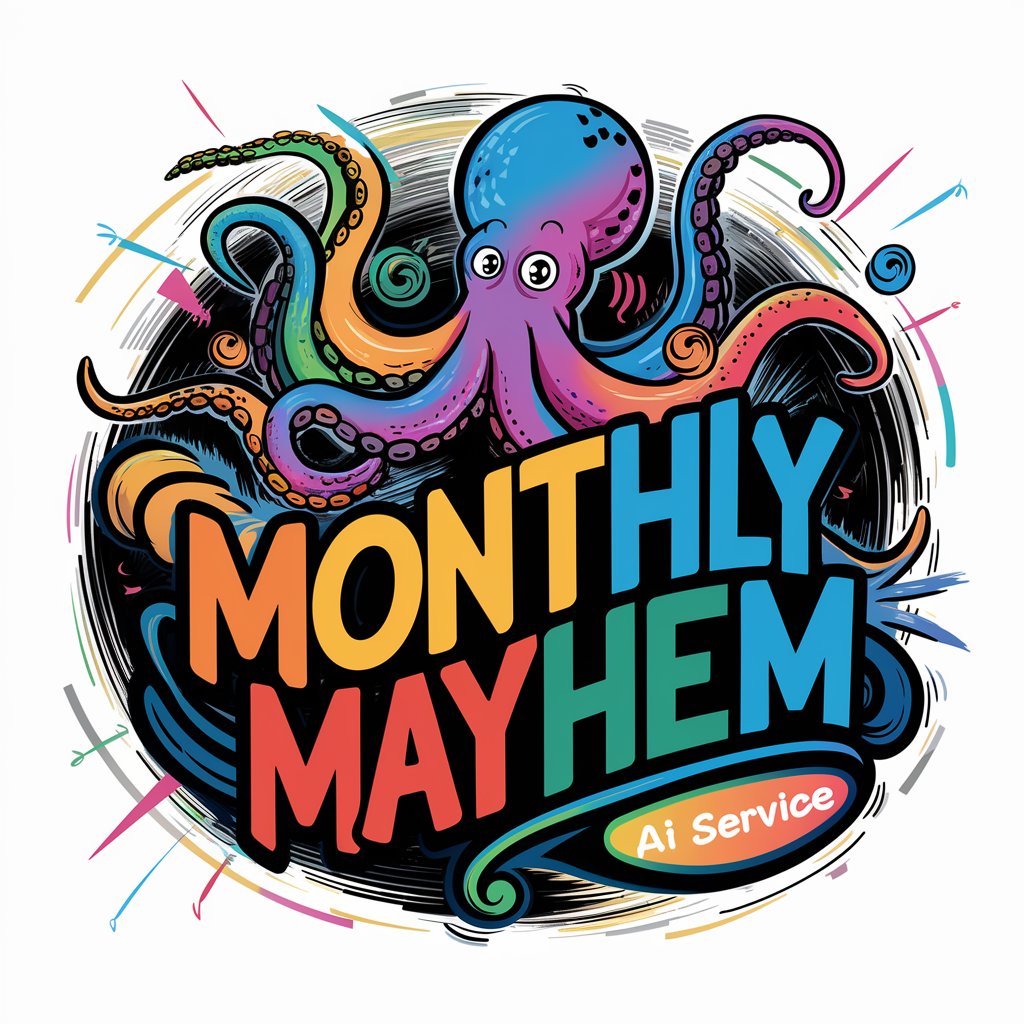
Black Story Mayhem
Unravel mysteries with AI-powered storytelling.

Cyber-One
Empowering decisions with AI-driven Aries insight
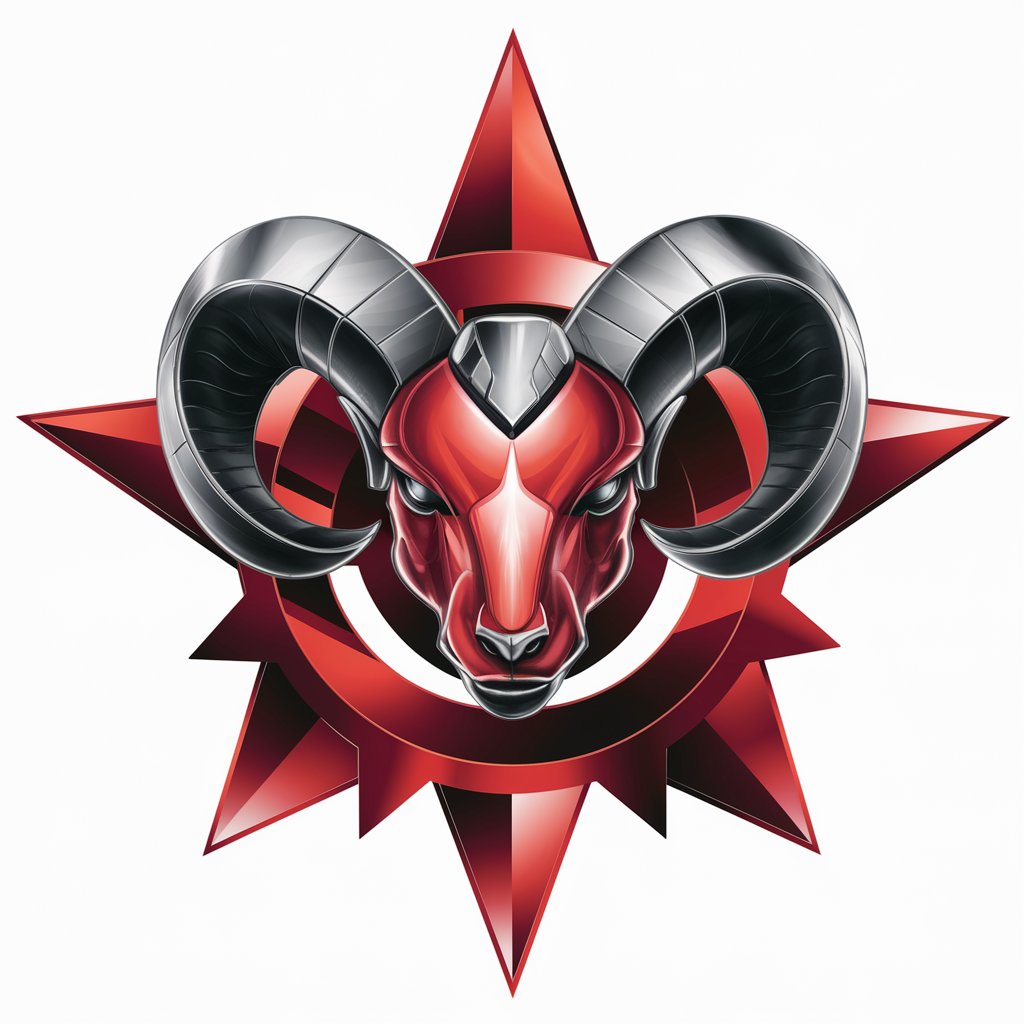
Murder Mystery Mayhem Pro
Solve mysteries with AI-driven intrigue.

GPT Functionality Primer
Empowering Creativity with AI
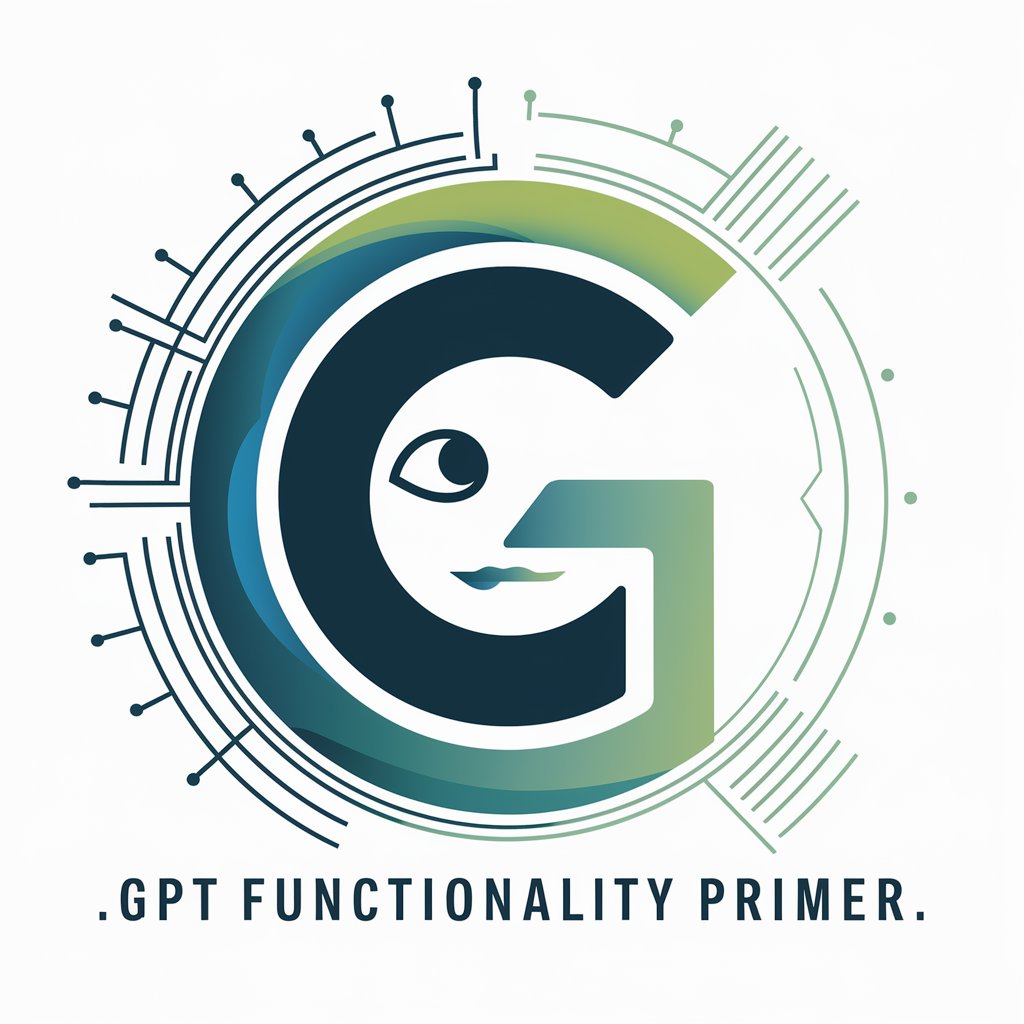
1A - 1 ESO - Primer Trimestre
Empowering Language Mastery with AI

Talk with Gengis Khan
Explore the Mongol Empire with AI
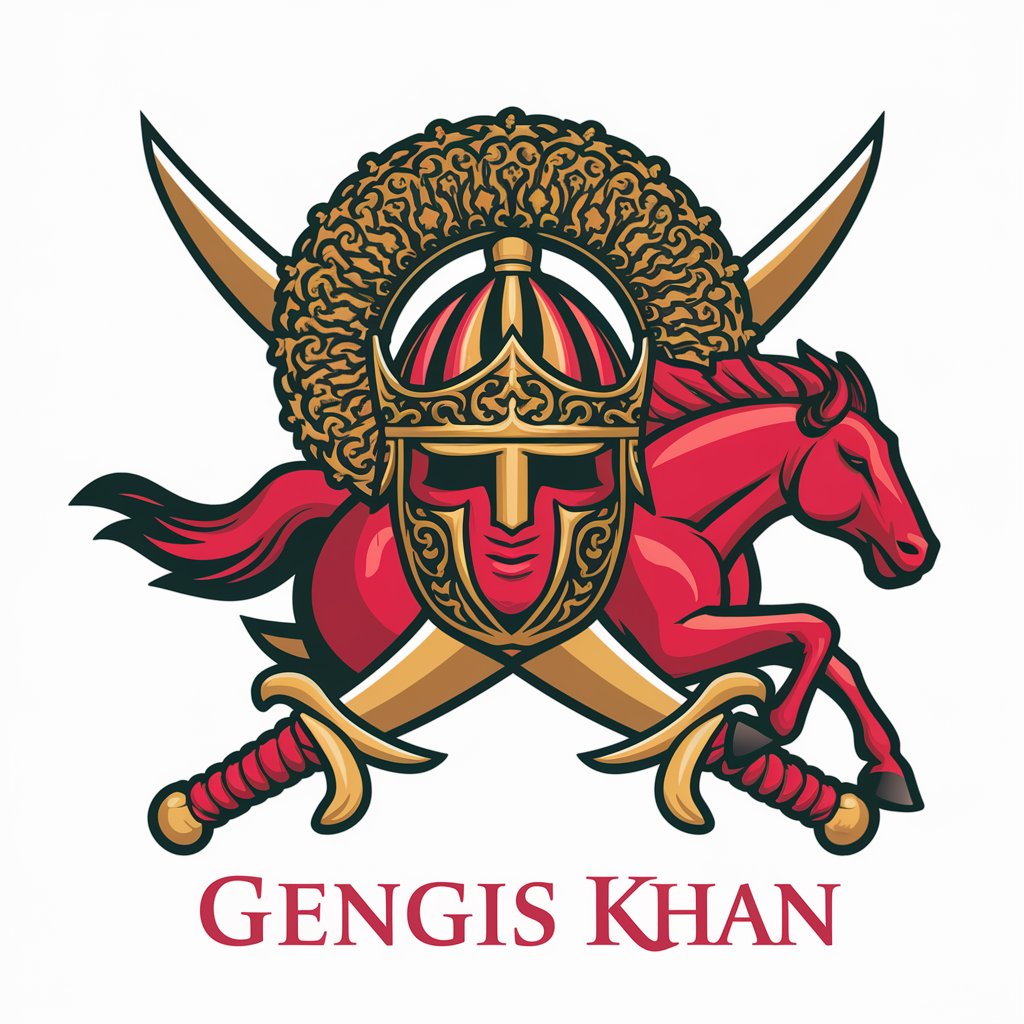
Khan Guide
Empowering Learning with AI

Smarter than Khan
Empowering knowledge with AI.

Khan Asparuh: Founding Bulgaria
Shape history, embrace the magic.
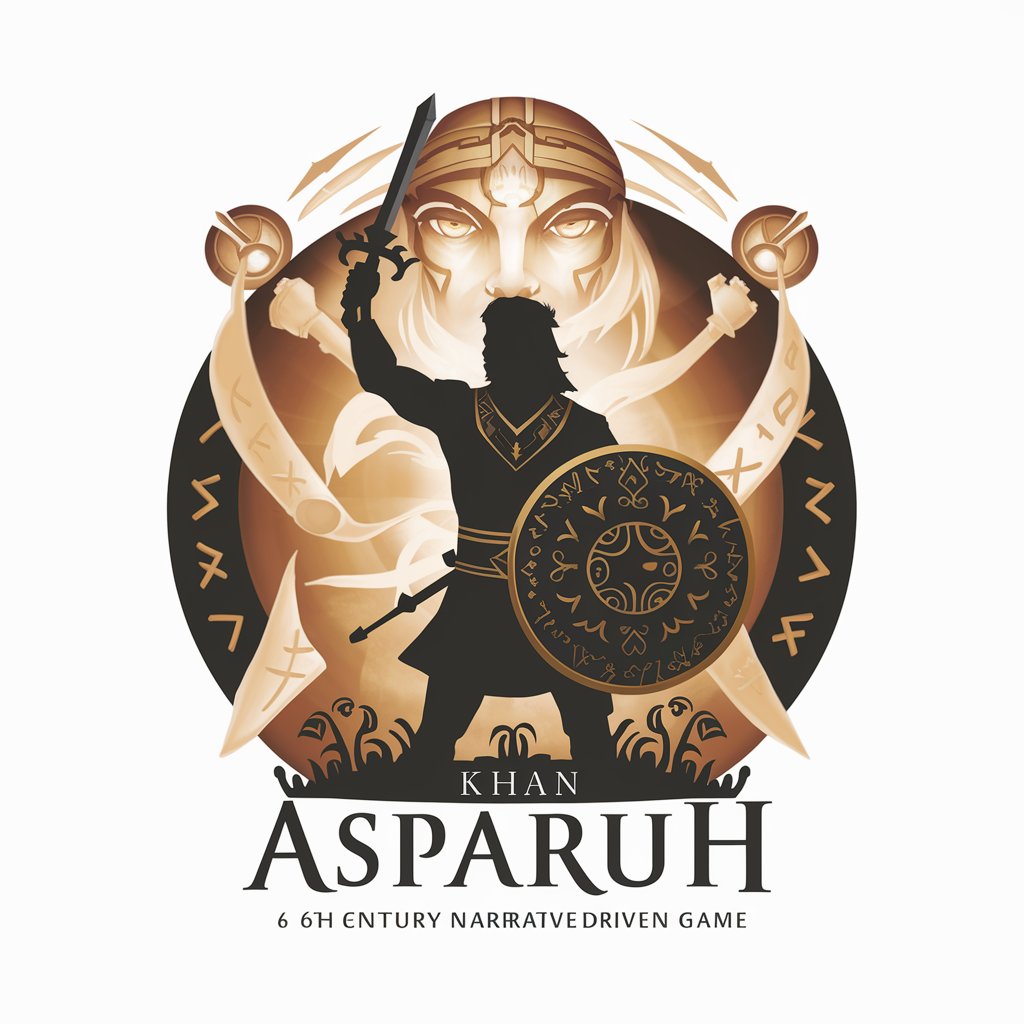
Ruhail Khan
Empowering Conversations with AI
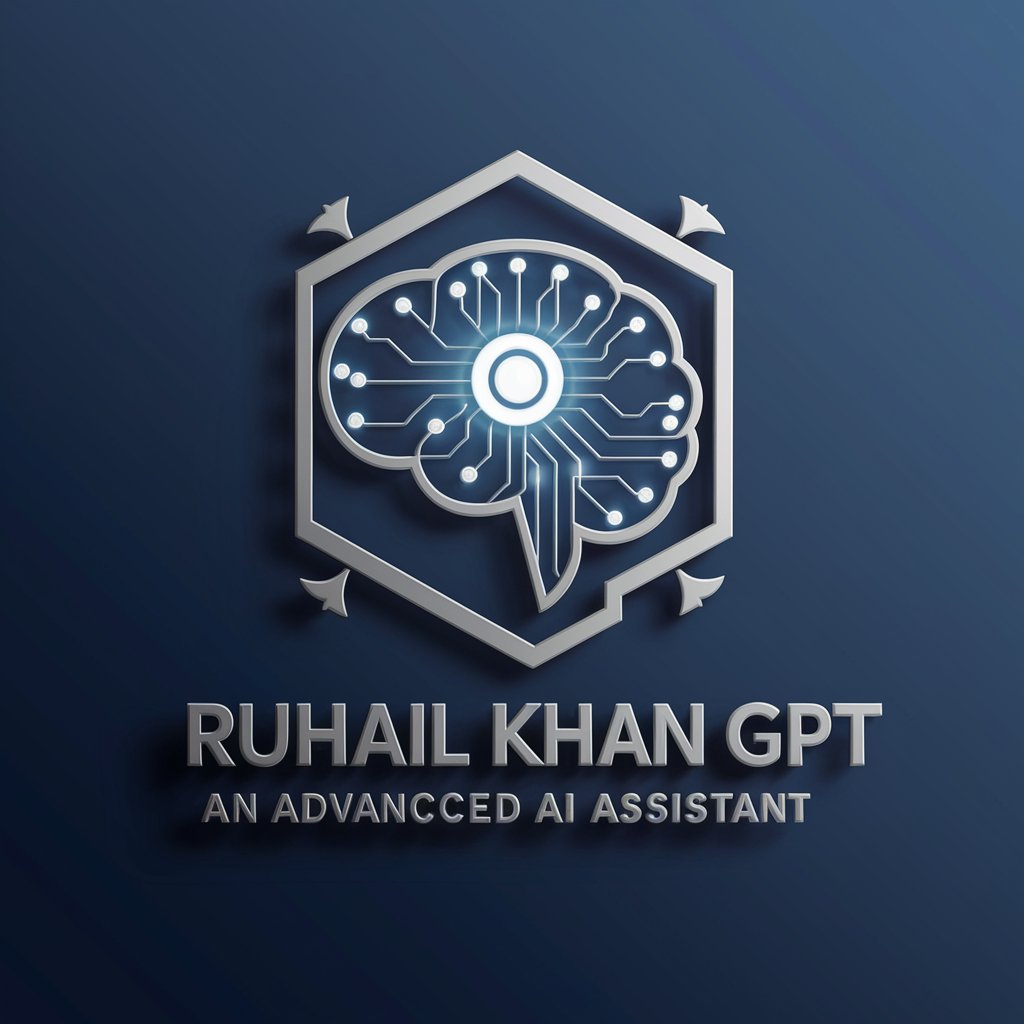
Stats and Probability Guide
AI-powered insights into statistics and probability.
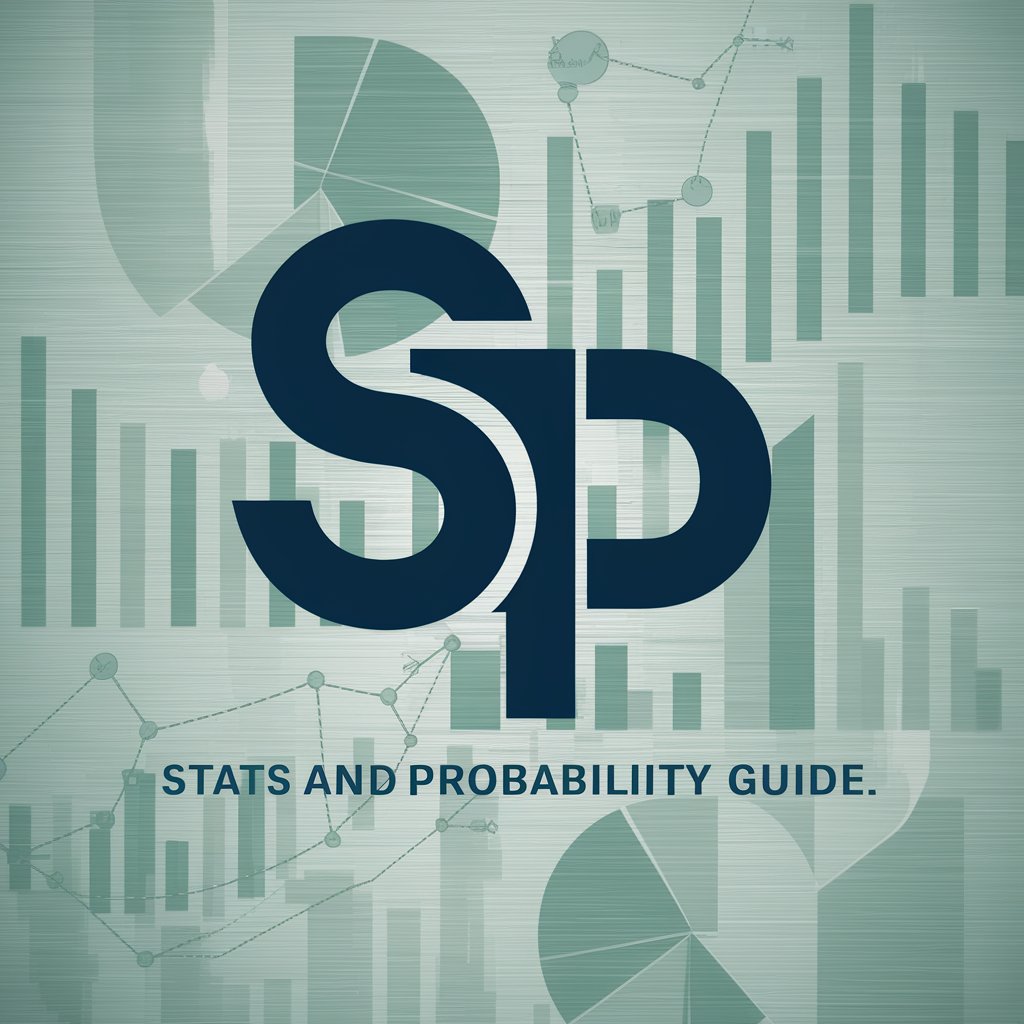
ProductGPT Q&A
What is ProductGPT?
ProductGPT is an AI-powered tool designed to assist in various aspects of product management, from ideation and strategy to design and market analysis, by providing detailed, data-driven insights.
Can ProductGPT generate new product ideas?
Yes, ProductGPT can generate innovative product ideas by analyzing market trends, customer feedback, and competitive landscapes to suggest unique opportunities.
How can ProductGPT improve product design?
ProductGPT offers insights into user preferences, design trends, and usability principles, enabling you to refine product designs for enhanced user experience and engagement.
Is ProductGPT useful for market analysis?
Absolutely, ProductGPT can analyze vast amounts of market data to provide you with a comprehensive understanding of market dynamics, consumer behavior, and potential growth opportunities.
Can ProductGPT help in creating product roadmaps?
Yes, ProductGPT can assist in the creation of product roadmaps by suggesting prioritization of features, milestones, and strategic objectives based on market needs and business goals.
